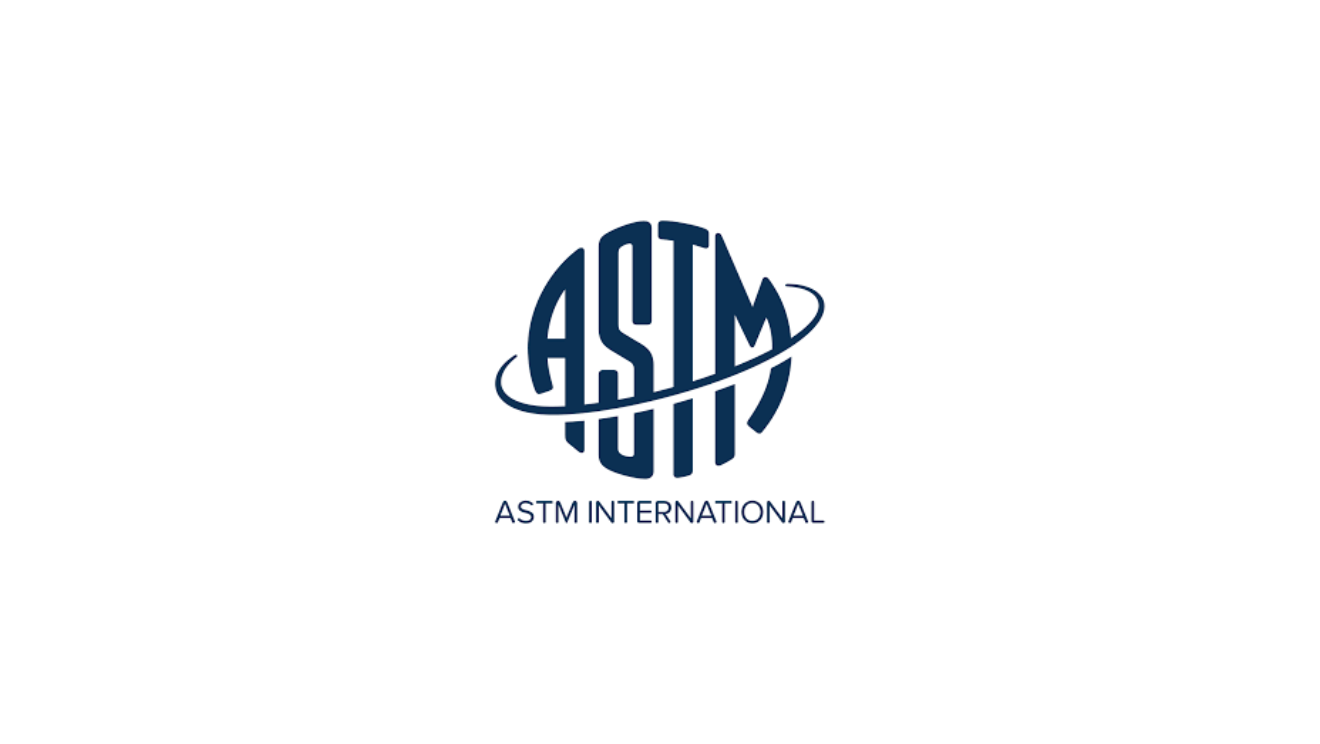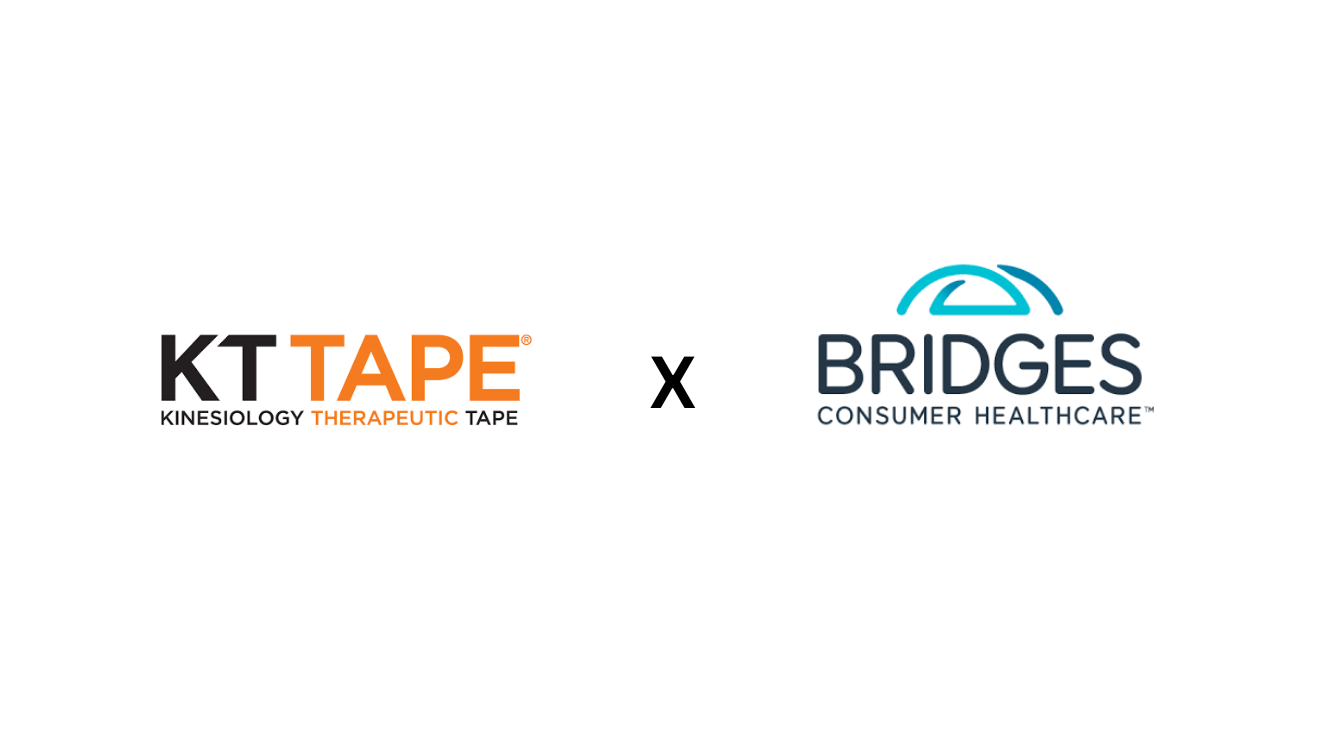ASTM recently adopted a new performance standard related to the release and retention characteristics of recreational ski, binding, and boot systems, F3728. This specification is intended for use with all recreational ski-boot-binding systems, including systems labeled as alpine, alpine touring (including pin/tech systems), systems that use alpine boots with improved walking soles (walking or GripWalk), and systems that use pins as part of the ski binding-boot interface.
The information below is to inform retail and rental shops about possible compatibility issues between the variety of boots and bindings now available on the market.
Shops and customers can choose from a wide variety of ski/binding/boot systems for alpine and backcountry skiing. Using ski boots and bindings that are not designed to be used together increases the risk of injury to the customer and increases the potential liability exposure for the shop.
Using a properly adjusted ski/binding/boot system with components designed to be used together can provide a significant degree of protection, although it must be remembered that the forces generated by skiing are variable, and even the best system might not always retain when retention is desired, or release under potential injury-producing situations. Using components not designed to be used together can increase the risk of unwanted release or retention and possible injury.
Due to the large number of categories and varieties of products available, the compatibility of specific ski/binding/boot combinations can be difficult to assess without proper training. Ski/binding/boot compatibility means that a specific boot and specific binding are designed to work together, and they can provide the best skiing performance. Ski/boot/binding combinations from different categories should not be assumed compatible simply because they appear to fit with one another, and current shop test procedures might not be able to determine if specific skis/bindings/boots are compatible when combining equipment from different categories.
The following are recommended:
- Unless the ski boot manufacturer and binding manufacturer state that the specific boot and binding are compatible, it is recommended that boots (e.g. Alpine, Alpine Touring, Walk-to-Ride, GripWalk) and bindings (e.g. Alpine, Walk-to-Ride, GripWalk, Multi-norm, AT, Tech) from different categories not be combined for use.
- Prior to purchasing, renting, demoing, mounting, adjusting, testing, and/or servicing any boot and binding combination that is not explicitly identified as compatible by both boot and binding manufacturer(s), it is recommended that the shop (1) inform the customer of the potential risks of using incompatible equipment, and (2) obtain a signed release statement from the customer indicating that they recognize, understand, acknowledge, and accept the increased risks associated with the use of incompatible equipment, and release the shop and all manufacturers and distributors of this equipment, as well as their owners, agents, employees and affiliates, from all responsibility and liability associated with the purchase, rental, demoing, installation, adjustment, testing, servicing and use of the equipment. It is recommended that you consult legal counsel for appropriate release language.
- Determining boot/binding compatibility must be established first. If the ski boots and bindings are not from the same boot/binding system, check with the boot and binding manufacturer(s) to ensure compatibility. Shop testing devices (e.g. Vermont Safety Calibrators, Wintersteiger, Montana) are to be used to verify the release function of the compatible boot/binding system only (such as alpine boots in alpine bindings). Shop testing devices are not designed or to be used to verify compatibility of boots and bindings from different systems.
Example boot categories that are recommended for use only with specifically compatible bindings include, but are not limited to:
• Traditional alpine boots
• Walk-to-Ride boots
• Grip-Walk boots
• Alpine Touring boots
Example binding categories that are recommended for use only with specifically compatible boots include, but are not limited to:
• Traditional alpine bindings
• Walk-to-Ride bindings
• Grip-Walk bindings
• Multi-norm Compatible (MNC) bindings
• Alpine Touring bindings
• Tech Bindings (that require compatible metal inserts in the boots)
Further information about this topic will be shared as it becomes available.
This guidance is related to the use of ASTM F939, F1063, and F1064 from ASTM Committee F27 on Snow and Water Sports.
Topics
Boot-Binding Compatibility Recreational Binding Boot Systems ASTM Ski Snowboard




 Back
to News
Back
to News
